While the world is calling for a society without billionaires, Indian media and influencers are busy tripping over themselves to praise the super-rich.

(bottom row) Shloka Mehta, Nita Ambani, Radhika Merchant, Happy the golden retriever, and Isha Ambani
Photo: RIL via NMACC
On the last Sunday of February, eight kilometres inland from the marshy, salty Gulf of Kutch that cuts into the westernmost state of Gujarat, Anant Ambani—the youngest of 66-year-old Indian billionaire Mukesh Ambani’s three children—publicly unveiled his contentious passion project: Vantara. Hindi for “star of the forest”, it’s billed as an animal rescue, breeding, and rehabilitation centre. (I say billed because there’s little in the way of concrete detail outside of soundbites provided by Anant.) Vantara is situated across two sprawling sites 40 minutes outside of Jamnagar. You and I might call that the middle of nowhere. Anant and Mukesh, of course, don’t see it that way. Vantara is next door to Reliance’s all-important oil refinery complex that is at the heart of its $210 billion empire.
But none of that is as intriguing as the timing of the announcement. Anant, who turns 29 in April, is rarely in the news for anything noteworthy. Set aside Daddy nominating him for a board seat to set the Ambani succession plan in motion, in the past two years, it’s been all about forking inexplicable sums of money for a watch and vacation home or his girlfriend and now-fiancée Radhika Merchant—the younger of two daughters of a pharma tycoon—in the headline alongside him. Vantara’s reveal came in the lead-up to ostentatious pre-wedding festivities that took place across the first three days of March, also in Jamnagar. So, here he was, using his dad’s billions to place himself front and centre, hosting a charm offensive with media and influencers in the flesh.
Anant Ambani the Saviour
While the latter crowd churned out Reliance-approved short videos, Anant treated a select former few to a tour of Vantara’s facilities. I don’t expect social media creators—especially the ones who were invited—to care about the bigger picture. But it’s a shame that no major Indian publication—invited or otherwise—decided to look at the other side of the Jamnagar coin. Vantara’s animal acquisition practices have been routinely under the radar in the past, from violating guidelines to allegations of mishandling.
Disregarding all that, the effusive coverage began dropping on Monday and was sprinkled across the week. In those (carefully managed) interviews, Anant used the animal welfare backbone of Vantara to boost his image and that of the larger Ambani clan. He heaped praise on nearly every member of his family, from his siblings to his parents to his grandparents. He claimed he works 15 hours a day, a common tactic for the mega-rich to justify their undeserved vast empires. And he threw a bone to the saffron-toting, loudspeaker majority by stating he sees god in every animal—all of them Hindu gods, incidentally—and riled off terms that would delight every Hindu supremacist.
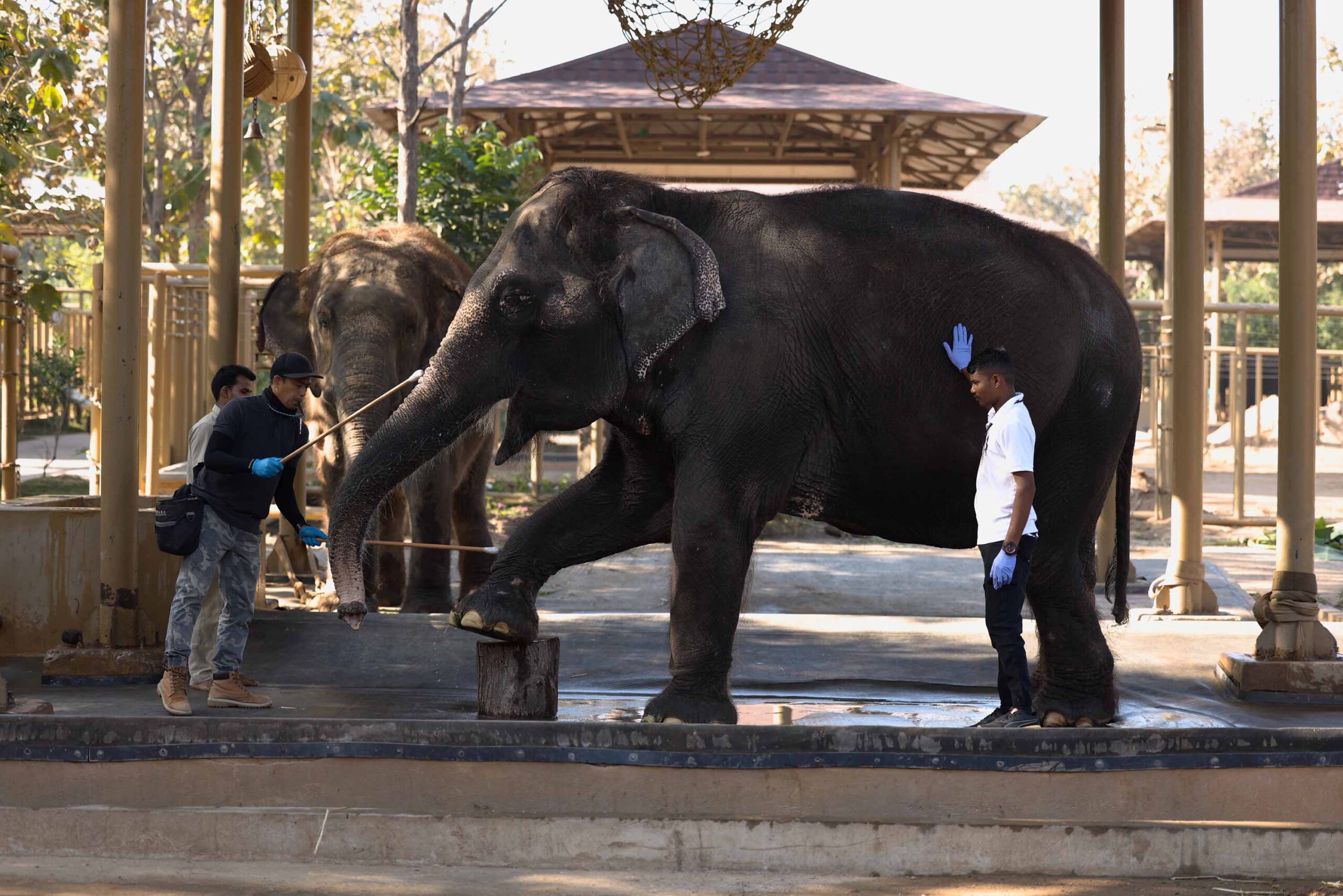
It helps that the interviews were primarily with Reliance-owned cable news networks (or unquestioning others) who were so honoured by the access to an Ambani kid that they were happy to lobby softball questions. They repeatedly bring up Anant’s “passion”, his “great imagination”, and the non-profit nature of Vantara. In their eyes, Anant is doing a service to all of humanity. This elaborate orchestration threatens to tear apart at the seams now and then, as the anchors feed him prepared questions like “Are you changing lives?” Despite all the media training and the stage handling, Anant trips at multiple points, or takes dramatic pauses in the middle of sentences as he probes his well-manicured mind for the words that will paint him in the best light.
The Ambani circle of media hell
After all, Anant Ambani is no David Attenborough or Jane Goodall, as much as he would like you to believe otherwise. I mean, as Anant noted himself, he only spends one of those vaulted 15 hours on Vantara. This was—to state the obvious—merely a calculated publicity move ahead of the Ambani–Merchant gala. (The actual wedding isn’t until July, so expect more of the same in a few months.) And you don’t have to take my word for it either. It’s obvious from Vantara’s only official online presence, on Instagram, where every post carries the hashtags “#AnantAmbaniWedding” and “#AmbaniWedding”. On top of that, those hashtags are always used first, ahead of “#Vantara” itself or what it stands for. That says everything.
We have been through this Ambani circle of hell before. Anant’s twin elder siblings, 32-year-olds Isha and Akash, married four months apart—in late 2018 to the son of a pharma billionaire and in early 2019 to the daughter of a diamond merchant, respectively—with the same pomp and extravagance. The who’s who of the world were invited to usher in (or in some cases, paid to show up for) the next generation of India’s plutocrats. The never-ending press coverage lapped everything in sight and showcased no appetite for a critical lens. Now it’s the turn of the youngest, Anant. Sure, “Ambani” is a big keyword and that’s essentially what the SEO-driven media and the influencer crowd keep chasing. But why does it elicit only positive stories? Why is no one bothered to look deeper?
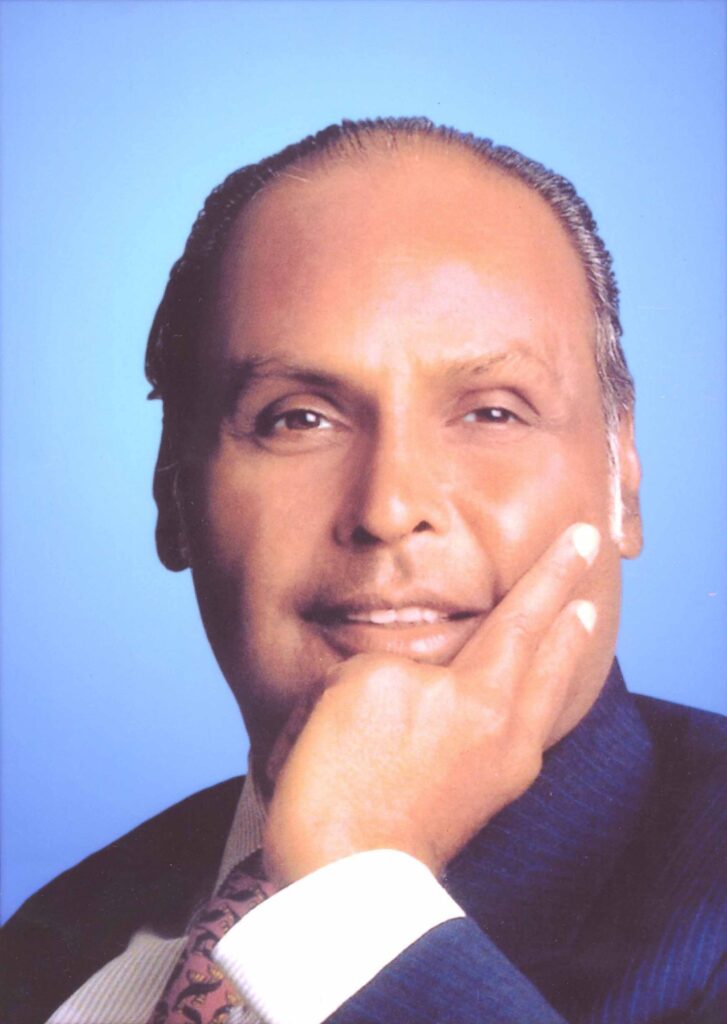
‘Ambani is bigger than government’
Some of this can be explained by how powerful the Ambanis are—and have been. Reliance was set up in 1958 in rapidly-growing Bombay, with 26-year-old co-founder Dhirajlal “Dhirubhai” Ambani—the middle child of five from his village schoolmaster father’s second marriage—receiving an investment of Rs. 1,00,000 (equivalent to Rs. 96,00,000 in 2024) from his second cousin once removed. The primary business soon became trading in synthetic yarns, and through a series of calculated risks, Dhirubhai came to dominate the market. He was good at people pleasing and quickly realised that India’s new political class were vital to a flourishing business. That meant frequent trips to New Delhi, where he grovelled and cultivated influence to win licenses, curry favour, and inform policies.
At least that’s how the story goes in The Polyester Prince, the 1998 biography of Reliance’s co-founder that has been disavowed and litigated out of publication in India. Over the decades, the wily Dhirubhai deftly used his government connections to bolster Reliance’s fortunes—and in turn, used his amassed riches to support his backers. The author Hamish McDonald argued that Ambani was effectively a powerbroker, a facet reiterated by this quote in the book from an unnamed lawyer in the ‘90s:
“Today the fact is that Ambani is bigger than [the] government. He can make or break prime ministers. […] If the stock exchange dares to expose Ambani, he tells it: ‘I will pull my company shares out and make you collapse. I am bigger than your exchange.’ If the newspapers criticise, he can point out they are dependent on his advertising and he has his journalists in every one of their departments. If the political parties take a stand against him, he has his men in every party who can pull down or embarrass the leaders. He is a threat to the system. Today he is undefeatable.”
From Russia to far-right, with love
Dhirubhai may be gone but all of that is still applicable. More so, if anything. In pure financial terms, Mukesh—the eldest child of four of the Reliance co-founder—is much bigger than his father ever was. He is extraordinarily rich. Like ninth in the world rich, per Forbes, with his net worth estimated at a staggering $116.4 billion. Mukesh has his fingers in all manners of pies, from oil to retail, and from entertainment to information technology. His media empire has been parroting far right-wing talking points for over a decade and caught peddling lies, stoking religious sentiments, and mocking opposition leaders—political advertisements dressed as “news”—to suit the agenda of India’s ruling Bharatiya Janata Party (BJP) and Narendra Modi, the Hindu nationalist Prime Minister.
All of it is made possible thanks to Dhirubhai’s politically astute moves in the ‘90s that landed them several oilfields in the Arabian Sea, off the coast of Bombay. Rival bidders alleged that the tender was rigged in Reliance’s favour, McDonald wrote in his book. Mukesh expanded Ambani’s reliance on fossil fuels by establishing the Jamnagar refinery later that same decade. Twenty-five years on, over 56 per cent of Reliance’s revenue comes from oil refining and petrochemicals, going by its most recent available annual numbers. (As a result, Reliance is the biggest emitter of carbon dioxide in India, with Jamnagar contributing to much of that. It’s clear that Anant doesn’t see the irony of setting up a centre for saving animals next to a giant complex that’s destroying the planet.)
For the past two years, Mukesh has also been benefiting from the Russian–Ukraine War. Delhi, unwilling to condemn Moscow on the invasion—Vladimir Putin has referred to Modi as a “dear friend”—has been happy to pick up Russian oil on the cheap, which has been put under sanctions by the West. (The problem extends to them, with the European Union happy to accept the oil once it’s refined in India and not deemed “Russian” anymore. Laughable.) Most of it is bought and refined by Reliance. But the Modi-led cabinet hasn’t passed on that benefit to the consumers. Retail petrol prices have only decreased marginally, so basically it’s Ambani who’s profiting from this arrangement.
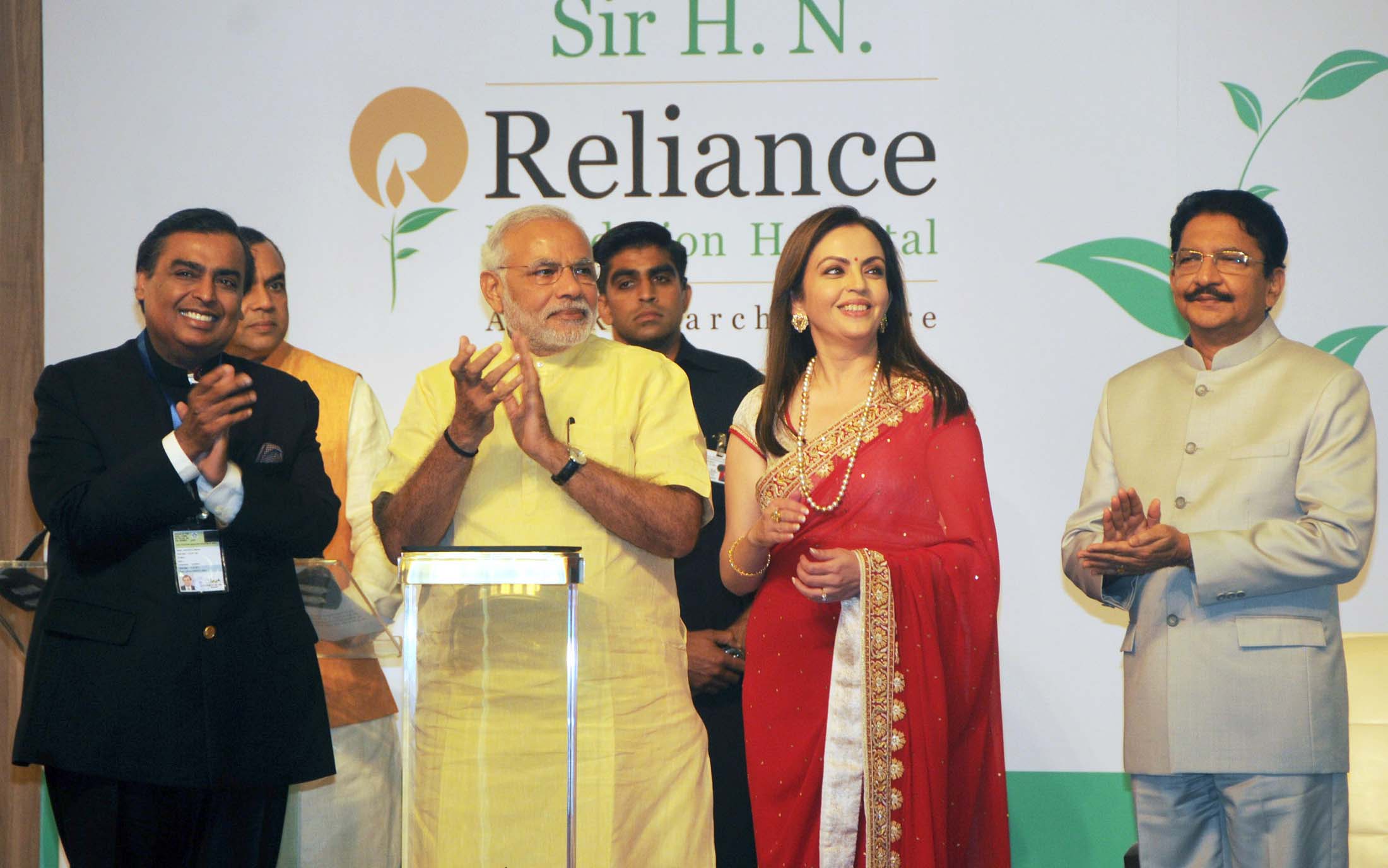
Hoarding the wealth
This is in a country that suffers from severe wealth inequality—per Oxfam, a confederation of charitable organisations focused on poverty eradication, the top 21 billionaires have more wealth than 700 million Indians, about half of the country. Meanwhile, the bottom 50 per cent of the population share just three per cent of the national wealth. Mukesh, the richest of those 21, is alone worth more than the poorest 35 per cent (about 500 million Indians), an Oxfam illustration notes.
And he isn’t too big on charity either—in 2023, he donated Rs. 376 crores (about $45.3 million), which would put his contributions at under 0.0004 per cent of his net worth. That’s abysmal even by the country’s poor standards. Ultra-high-net-worth Indians, like Mukesh, generally give 0.1–0.15 per cent of their net worth to philanthropy, compared to 1.2–2.5 in the US. To put it into context, the Ambani overlord has spent more than three times as much on the pre-wedding celebrations for Anant and Radhika.
But despite all that, his press coverage in India is unanimously positive, quite different to the kind of treatment meted out to billionaires elsewhere. The likes of Elon Musk and Mark Zuckerberg are scrutinised publicly and regularly for their behaviour and the fallout of the companies they run, be it their use of private jets, endangering democracies, or just their general self. They have been (rightfully) accused of ushering the world into a post-truth reality and tilting our society towards an anti-democratic, authoritarian tone. Even Bill Gates, among the most charitable of the world’s top billionaires, has been criticised for monopolising medicine and having too much influence at the World Health Organization (WHO).
Bullying with freedom
The fawning isn’t anything new, either. It’s just gone to another level since Mukesh turned Reliance Industries into a more public-facing company with Jio, a telecom provider that has since expanded into apps, broadband, and smartphones. In 2016, Reliance launched 4G services through Jio and offered them for free for the first eight months across India. Backed by the vast sums of money—profits from his oil empire—he could throw at the problem, Mukesh ran a cellular network entirely at a loss, to eat away at the established players—Airtel, Idea, and Vodafone—and gain a foothold in the market. Naturally, it worked, with Jio crossing 100 million subscribers by early 2017. Reliance had effectively used its considerable resources to bully the rest of the field.
That kicked off a price war, with Jio’s competitors forced to take on mountains of debt to stay in the game. Reliance’s relentless loss-garnering, growth-driven push led all of them to the brink. For most, it was too much. Every single minor player either went bankrupt or sold itself to a bigger one. In dire straits, two of the old Big Three—Idea and Vodafone, now known as Vi—decided in 2017 that a merger was the only route to survival. But it was merely enough to get them on life support. Bleeding subscribers and owing nearly $2 billion to the state, Vi got rid of that debt in 2023 by selling a third of the company to the Indian government. It’s gone through such troubled times that Vi has yet to be able to launch 5G services, nearly a year and a half since the nationwide rollout.
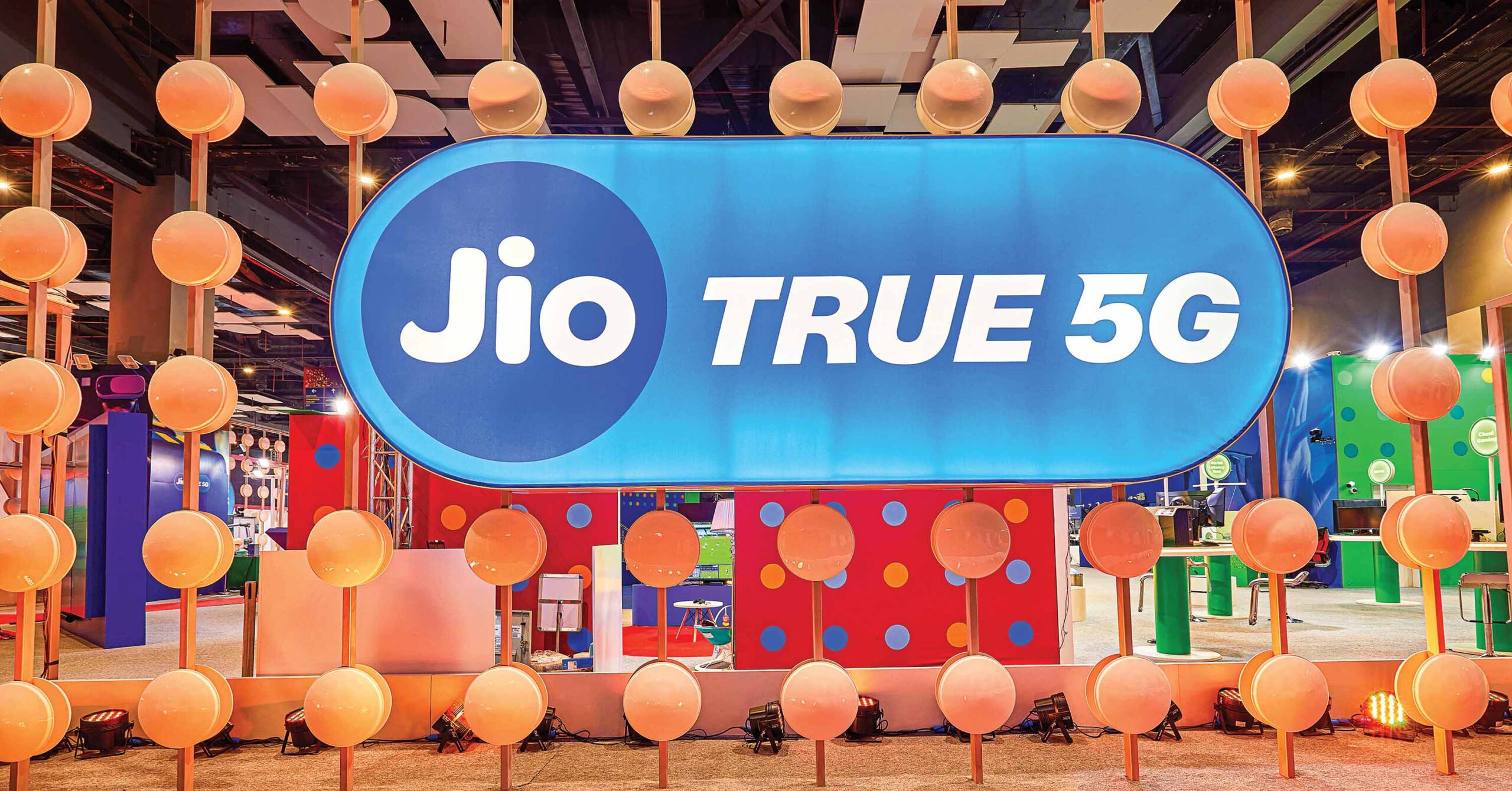
Mukesh Ambani hollowed out the telecom market
Speaking of 5G, the war has moved into the next generation. Both Jio and Airtel—effectively the new Big Two, given they have cornered over 75 per cent of the market—have been offering 5G services at existing 4G rates and unlimited 5G data to hold onto their customers. For the past 18 months, for no extra charge. It’s staggering. (This is expected to end in the second half of 2024.) Airtel has had to essentially give in and follow the Jio playbook—services for free—having seen its market share eaten into and lost the number one cellular operator position to Reliance.
Sure, you could rightfully argue that Jio’s 4G push helped India’s start-up scene and the underprivileged consumer. But in the long term, it has severely hurt the telecom market. The massive debts have stifled investment and innovation. With their annual financial statements deep in the red, Jio and Airtel have tightened their pockets, given the hits they have taken to compete for market share. For years now, Airtel founder Sunil Mittal has talked about raising the average revenue per user (ARPU) to recoup those losses.
More importantly, Mukesh has hollowed it out. In 2017, India had eight private cellular operators. Today, that number is down to three (with one of them partly government-owned). This is a ready-made scenario for cartelisation. If Jio and Airtel both raise 5G prices and force you into more expensive bundles, where will you go? A similar thing can happen at future auctions, as fewer players competing for spectrum hurts the government—and in turn, all Indians.
Still, if you were to peruse the biggest newspapers and news websites, all you would see is Jio being celebrated as a game-changer and Mukesh being hailed as a visionary. In reality, Reliance operated with a scorched earth policy. The Ambanis might deem that business, I see it as destruction.
And now, Reliance is going over the top
Unperturbed, Mukesh is now enacting the same playbook elsewhere. In 2022, with Disney reticent to go overboard for the streaming rights to the Indian Premier League—an annual men’s Twenty20 cricket tournament watched by more than 500 million Indians—for the five-year period between 2023 and 2027, Reliance-owned Viacom18 bid heavily and won. Disney Star did pick up TV rights, though. (The combined bids for TV and digital rights pushed the IPL’s valuation to nearly $11 billion, making it the second most valuable sporting league globally after the National Football League, the annual men’s American football league that culminates with the Super Bowl.)

Having paid a little over $3 billion, Reliance then turned around and offered it for free in 4K on JioCinema, an India-only streaming app that is largely ad-supported. While JioCinema, and its sister streaming app JioTV, have been around since mid-2016, they were considered also-rans in the Indian streaming wars until early 2022. (Even today, the app’s UI/UX feel prehistoric and overcrowded. And the less said about its original offerings the better.)
Reliance truly got in the game after a push from former Disney Star president Uday Shankar and former 21st Century Fox CEO James Murdoch. The duo invested millions of dollars into Viacom18 through their venture capital outfit Bodhi Tree backed by the Qatar Investment Authority (more oil money). Viacom18, which, at that point, was running its own struggling streaming app Voot, assumed control of JioCinema too. (Voot was later folded into JioCinema.)
By offering IPL for free on JioCinema, Shankar was essentially re-enacting his own playbook from nearly a decade ago when IPL was free on Hotstar, during the nascent days of streaming in India. In addition to helping grow the user base of the fledgling JioCinema, it would act as a bulwark against IPL’s TV home, the much more established Star Sports, owned by Disney Star. But it also meant Reliance was going to have to solely rely on advertising and partnerships to turn a profit. By industry estimates, the media potential of IPL currently caps out at $500 million per season or $2.5 billion for five years. That means Mukesh is once again—as he did with Jio—embracing heavy losses just to drive his competitors off the field.
Ambani devours Hotstar
It’s worked—Disney+ Hotstar, the jewel in the Disney Star business, lost its shine with most cricket off the table. (More than a year after picking up IPL, Reliance pocketed TV and digital rights to all India-based cricket matches involving the Indian men’s national team. Disney apparently didn’t even participate in that auction.) Hotstar’s paid subscriber base fell from a peak of 61.3 million in late 2022 to 37.6 million a year later—a loss of more than a third of its subscribers—before recovering slightly to 38.3 million (as of last quarter) thanks to the 2023 edition of the ICC Cricket World Cup, a quadrennial tournament contested by leading cricket nations. Interestingly, the World Cup was offered for free on mobile, a move that drove signups but discouraged subscriptions.
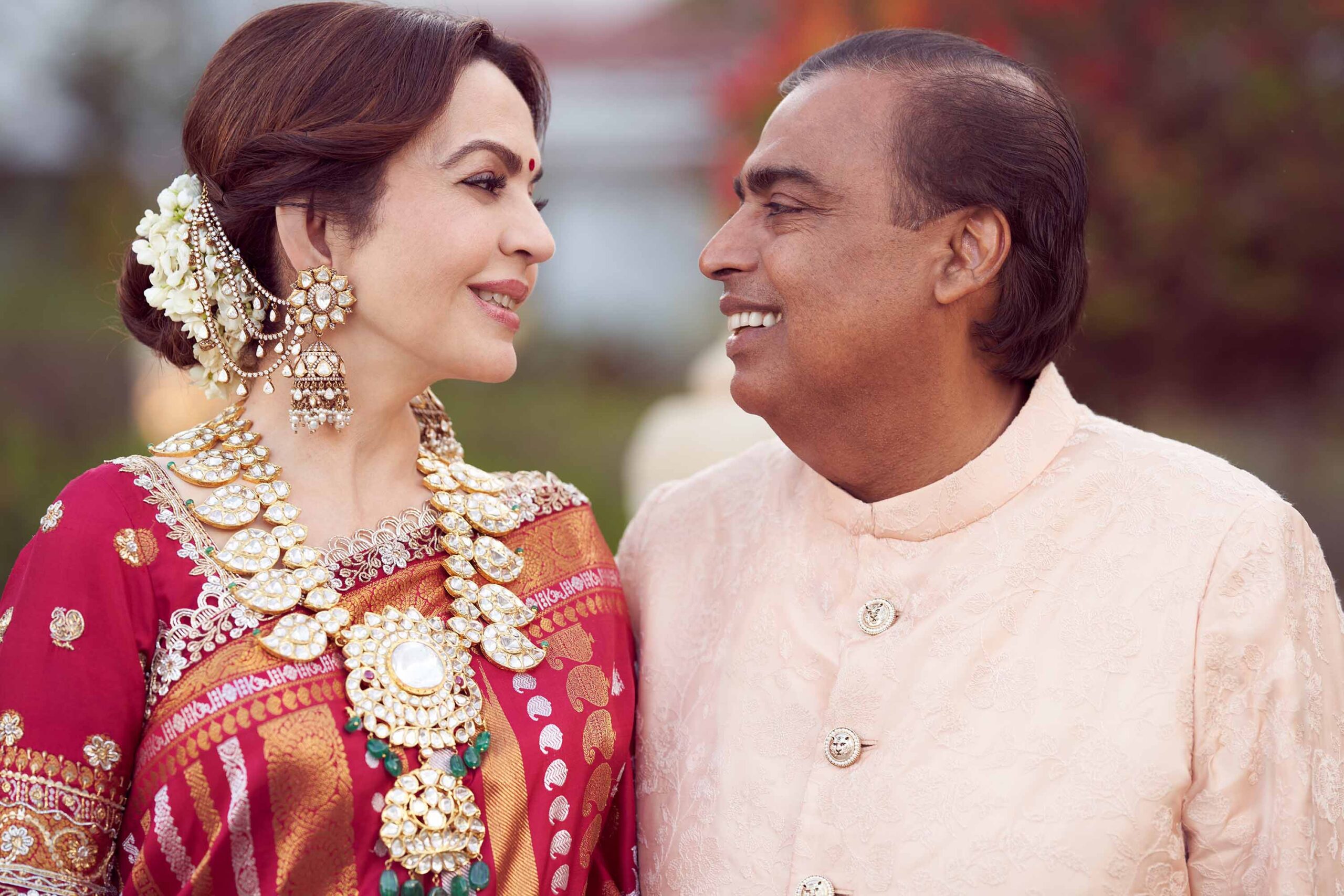
Why would Hotstar do such a thing? To make itself appear more appetising in a proposed deal. Ever since Bob Iger returned as Disney CEO in late 2022, he has been relentlessly focused on cost-cutting and turning a profit for its streaming business. Disney, unable to see a path to profitability for streaming in India, was essentially cutting its losses by offloading Hotstar. This played into Mukesh’s hands, just as he was getting serious about the streaming space. At the end of February, Disney Star announced a merger with Reliance that would see it become a minority owner. Ambani will effectively decide the future. (Valued at around $15 billion when Disney took over Star India as part of its $71 billion Fox acquisition, Disney Star eventually sold for $3.2 billion.)
Assuming the deal clears the antitrust regulator, the Competition Commission of India, Reliance will control the TV rights for IPL, too, once the merger is complete. When the next round of IPL broadcast auction happens, Reliance might be bidding against itself. (Sony Pictures Networks India—owned by the eponymous Japanese giant—was the second highest bidder for TV rights last time around. But it’s been facing its own challenges following a failed merger that dragged on for over two years. No other player has the financial might to challenge Reliance. As for the American giants—Meta, Google, and Amazon, all of whom have a streaming presence in India—they have never shown a serious interest in bidding for rights to the cricket league.)
Mergers are bad news—they result in budget cuts and personnel layoffs, they push the industry a little further towards monopolisation, and they eventually result in higher prices. According to analysts, the combined entity will command 85 per cent of the streaming market. But if you look through all the major Indian newspapers and social media posts of so-called “industry analysts”, they will have you believe the opposite. The coming together of Reliance–Disney Star is being heralded as a great thing. Mukesh is squeezing out his competition—and instead of being seen as the problem that he is, his moves are labelled a masterstroke.
Worship the Ambanis at your peril
Let’s face it, the Ambanis are not your friends or people to admire. If they were secure in themselves and truly cared about the privacy of their guests, they wouldn’t feel the need to drip-feed photos and videos. Their relentless publicity machine that ensures you’re kept up to date on the inner happenings is both a cry for acceptance and a display of their stature. By hobnobbing with celebrities, policymakers, and the global elite, the Ambanis wish to project that they have arrived and that the admiration rubs off on them.
Nor are they benevolent strangers. They hoard their wealth and have consistently cosied up to those in power to get a leg up. In turn, they have used the boost in resources to bully competition across sectors in India. Reliance getting ever bigger—and entrenching itself in more and more industries—isn’t good for India or Indians. It’s only good for the Ambanis. Worship them at your own peril.
- Every Indian Netflix original movie, ranked – October 25, 2024
- The opening night of the 2024 MAMI Mumbai Film Festival was a joke – October 19, 2024
- Agatha All Along episode 5: what time is it out? – October 9, 2024




What do you think?